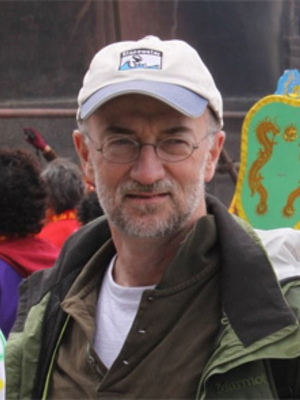Residential Segregation
Leader: Daniel Lichter, Robert Mare
The Residential Segregation RG is dedicated to updating the country’s system for measuring residential segregation. This research group has three main research commitments: (a) monitoring segregation at the extremes; (b) charting the spatial distribution of the elderly poor; and (c) developing a new GPS-based infrastructure for measuring segregation.
Segregation at the extremes: The first line of research addresses the need to better monitor segregation at the extremes, including (a) the possible rise of enclave-style segregation at the very top (the “one percent”) and (b) the yet more troubling possibility of a resurgence of extreme segregation among the very poor. In a related recession brief, Robert Sampson has shown that poor neighborhoods have become yet poorer in the downturn, raising the possibility that hyper-segregation is indeed emerging.
Segregation of the elderly poor: In the second line of research, research group members are charting the spatial distribution of the elderly poor, given emerging concerns about their ghettoization. This line of research, which is being carried out in collaboration with the Stanford Center on Longevity, begins with a simple descriptive mapping of elderly poor that reveals the extent to which they are indeed isolated and segregated.
Real-time measures of segregation: The third main initiative is to develop a new infrastructure for monitoring segregation. The conventional approach of carrying out separate and static measurements of residential, school, work, friendship, and marriage segregation can be replaced with a direct behavioral framework that tracks the continuous-time patterning of inter-person contact. By exploiting GPS measurements (increasingly available, even for the poor, via mobile phones), it becomes possible to track poor, middle-class, and rich people as they move through their day and attend school, go to work, carry out their shopping, and visit friends and family. This methodology will produce a real-time measure of how much segregation there is and, in particular, the extent to which the poor are growing increasingly isolated in school, home, work, and leisure.
CPI Collaborators
 |
Yana Kucheva |
Assistant Professor of Sociology |
The City College of New York |
 |
Joscha Legewie |
Assistant Professor of Sociology |
Yale University |
 |
Daniel Lichter |
Segregation Research Group Leader; Professor of Sociology; Director of Cornell Population Center; Ferris Family Professor of Policy Analysis and Management; Robert S. Harrison Director of the Institute for Social Sciences |
Cornell University |
 |
Lester Mackey |
Adjunct Professor of Statistics; Researcher at Microsoft Research New England |
Microsoft Research New England |
 |
Robert Denis Mare |
Segregation Research Group Leader, Research Professor and Distinguished Professor Emeritus of Sociology |
University of California, Los Angeles |


